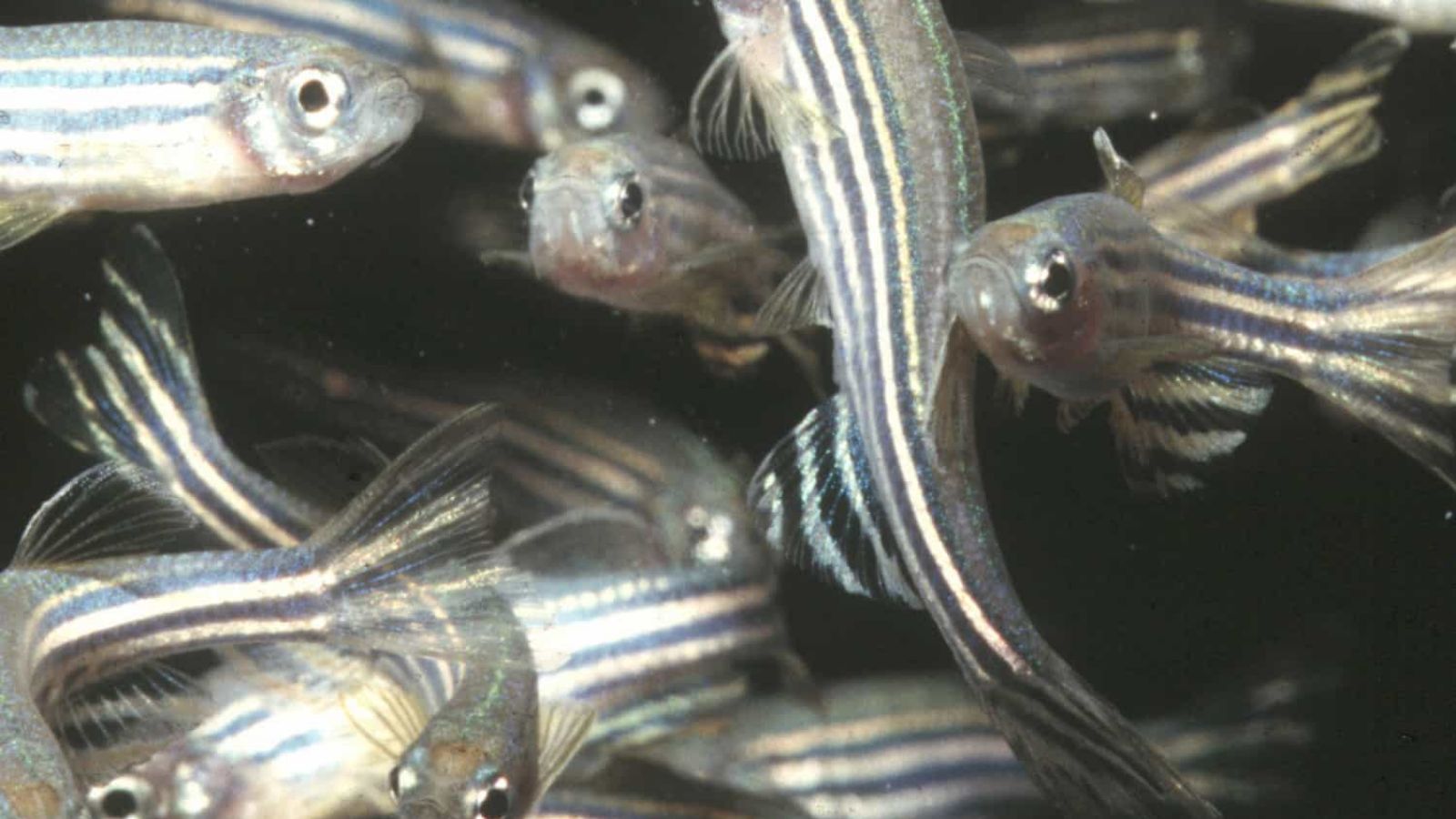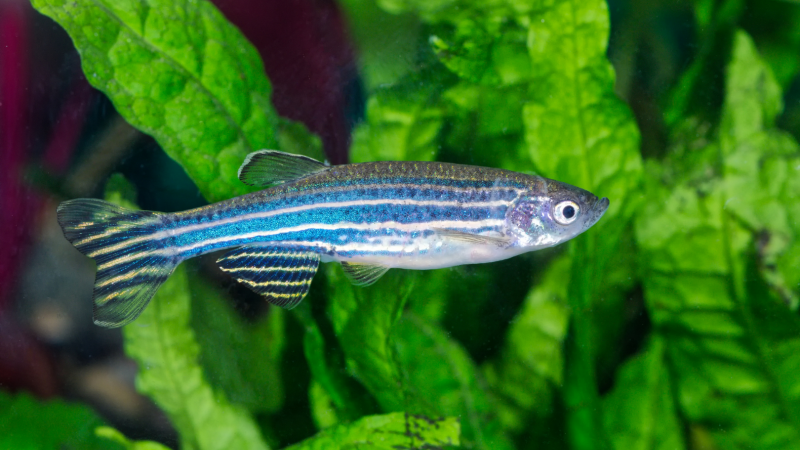Research in fish suggests that lowered production of a key protein is responsible for the debilitating symptoms of spinal muscular atrophy. By artificially raising levels of the protein the team were able to reverse some of the symptoms, creating new avenues of research to find a cure for the fatal genetic disorder.
Spinal muscular atrophy occurs when motor neurons die, leading to muscle weakness and the inability to move. There is currently no cure for the disease that affects one in 6,000 babies born in the US and, in its most severe forms, can cause death in early infancy, mainly due to breathing problems. A gene called SMN has long been linked to the disease in humans, and zebrafish with the SMN gene removed also show severe movement defects, making them an excellent model for research.
Through their experiments with the fish, scientists have now found that the production of a protein called plastin 3 is under the control of SMN and it is actually this protein – not SMN – that results in motor neuron death. Fish lacking SMN had low levels of plastin 3 and couldn’t swim. But when scientists artificially raised plastin 3 levels in the same mutants the fish regained movement.
The recovery was not complete. Fish without SMN in their cells still eventually died, so the addition of plastin 3 alone is not a therapy. But further defining this protein's role increases understanding of how spinal muscular atrophy develops, which could one day lead to a cure.
Last edited: 28 October 2022 14:40




